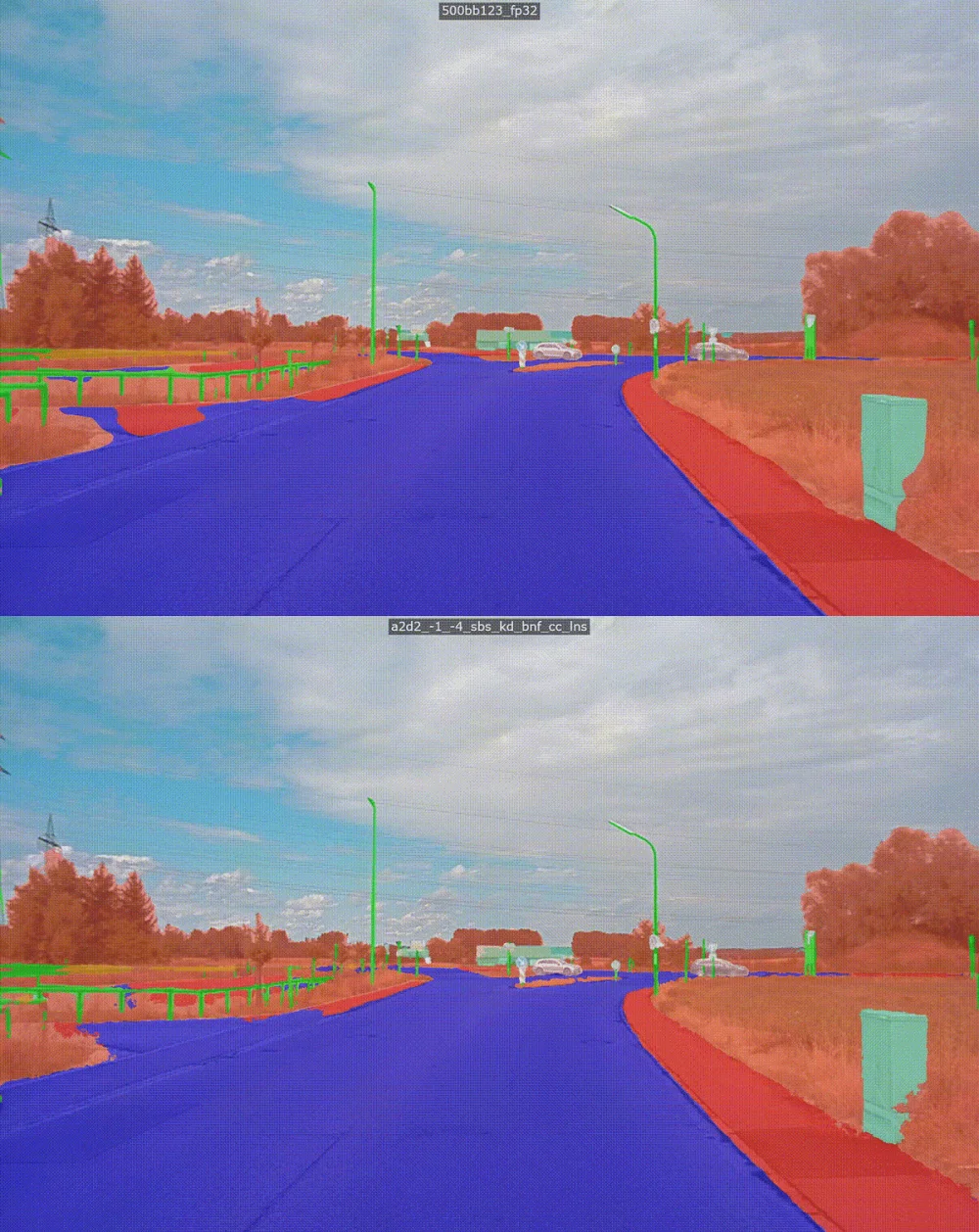The Economic Utility of Autonomous Vehicles
By Sidhart Krishnamurthi, Product Management
It Takes an Ecosystem to Achieve the Safety and Economic Benefits of Autonomous Driving
Autonomous driving is more than just a flashy feature offered by forward-thinking automakers. On the contrary, the introduction of autonomous vehicles (AVs) promises greater road safety, lower transportation costs, increased productivity, and greater access to mobility. Each of these affects our economy positively.
However, bringing autonomous driving to market has been far more complex than predicted. The failure of the industry to live up to aggressive AV development timelines has raised questions related to whether self-driving can even become a reality. But that observation may not tell the whole story.
What Are the Benefits of Autonomous Driving?
Enabling safety has been autonomous driving’s number one selling point. Humans drive dangerously. A report by Esurance found that 77 percent of drivers have been in at least one accident, and the chances of getting into a car accident during a 1,000-mile trip are one in 366!
The National Highway Traffic Safety Administration reports that automobile accidents aggregate to a national economic loss of $861 billion annually. And, according to the Bureau of Labor Statistics, of the total workplace fatality rates for 2018, truck transportation was the most dangerous with 28 deaths per 100,000 full-time workers.
Improving safety is just one of many economic benefits of autonomous driving. Others are:
Labor Savings. The trucking industry has suffered from chronic driver shortages that have contributed to rising costs and longer delivery times. As the population of drivers ages, a younger demographic is not filling the vacancies.
Uber and Lyft are also experiencing driver shortages as post-pandemic demand grows. In fact, to counter this, Uber is spending $250 million to attract new drivers who are hesitant to return because of COVID-19, shrinking wages, and limited benefits.
Increased Access to Mobility. AVs can provide transportation access to people who are unable to drive due to physical handicaps, poor health, or advanced age, providing them freedom of movement and independent living.
Reduced Opportunity Costs. Whether it’s commuting to work, running errands, or chauffeuring children, humans lose critical time when they’re on the road. When drivers become riders, they can be more productive and relaxed.
When Will AVs Contribute to the Economy?
The promise of autonomous driving raises the question: When will AVs enter the mainstream? The answer is they already have. While the public might equate AVs with personal cars, the AV market is not monolithic. Significant progress in the drive to autonomy is being made in several segments, each with its own challenges and economic benefits.
For starters, robotic vehicles are now carrying goods inside warehouses, making home deliveries, and working in agriculture. Robo-taxis and shuttles are in trials and carrying people in an expanded number of applications. Autonomous long-haul trucks are showing greater capabilities. For example, one recent trial demonstrated that these vehicles could reduce the time it takes to get fruit and vegetables to market.
How Do You Make Autonomous Vehicles Safer than Cars Driven by Humans?
Human drivers have many shortcomings. While driving, they make mistakes resulting from distraction, fatigue, or intoxication. On the other hand, they can perceive and react to unexpected problems in situations that are difficult for AI-trained systems to understand and handle.
The challenge of making AVs meet their primary goal of enabling safer transportation is difficult and expensive. To overcome these obstacles, the industry has consolidated companies and resources through mergers and acquisitions, secured massive private investments, and undergone IPOs.
Still, the basic technologies for perception that enable autonomous vehicles to understand their respective environments require further development. Innovative early-stage companies will contribute breathtaking new technologies to an ecosystem of suppliers, researchers, investors, and manufacturers that, together, will enable AVs to reach their full potential.





